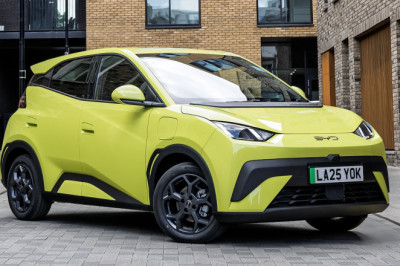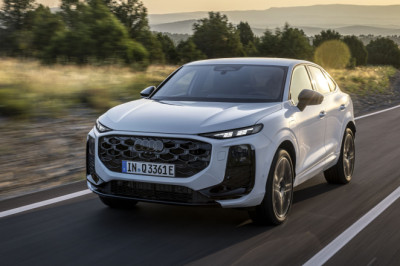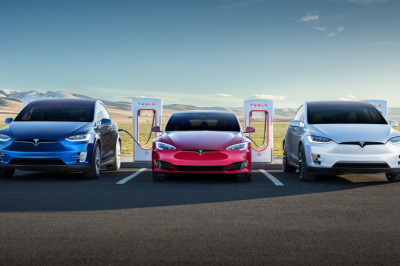
The challenges of transporting electric vehicles (EVs) by sea have come into sharp focus in 2025, following a string of catastrophic shipping incidents. Just this year, the cargo ship Morning Midas, carrying more than 3,000 vehicles—including 750 EVs and hybrids—caught fire off the coast of Alaska and ultimately sank after burning uncontrollably for weeks. The disaster cost the automotive industry an estimated $560 million and underscored a growing, costly risk that’s changing the way car carriers and insurers view EV logistics.
This is just the latest in a pattern of shipboard disasters fueled by EV battery fires. The 2023 Fremantle Highway incident saw another ship engulfed by fire, while the 2022 sinking of the Felicity Ace off the Azores wiped out almost 4,000 luxury vehicles, including more than a thousand Porsches. Fires aboard these ships are believed to have started—or rapidly accelerated—because of the lithium-ion batteries found in EVs. Once a fire breaks out near these batteries, it's almost impossible to contain using conventional firefighting methods, and the heat and toxic fumes make it incredibly dangerous for crews and rescuers.
Maritime insurers and safety experts say the risks with EVs are fundamentally different and far harder to manage. Battery fires can start suddenly, spread faster than conventional fires, and produce toxic gases that complicate rescue and salvage efforts. Even ships equipped with modern fire suppression systems have struggled to control these blazes. In the case of the Morning Midas, despite fully operational systems and a well-prepared crew, authorities were forced to abandon ship and evacuate everyone on board.
As a result of these escalating shipboard disasters, some shipping companies are now refusing to carry EVs, fearing both the immediate danger and the financial fallout. Insurance premiums for ships transporting EVs have surged. Industry insiders are calling for tougher international rules, new ship designs, and more stringent loading and separation practices to make the carriage of EVs safer.
These decisions are already impacting the global EV market. Delays, higher shipping costs, and the real possibility of more shipping lines outright banning electric cars are on the table. For car companies, this means finding safer, more costly ways to get their vehicles to eager buyers. For the industry and its stakeholders, the lesson is clear: the energy transition brings both promise and a whole new set of risks that must be reckoned with if EV adoption is to keep growing.














